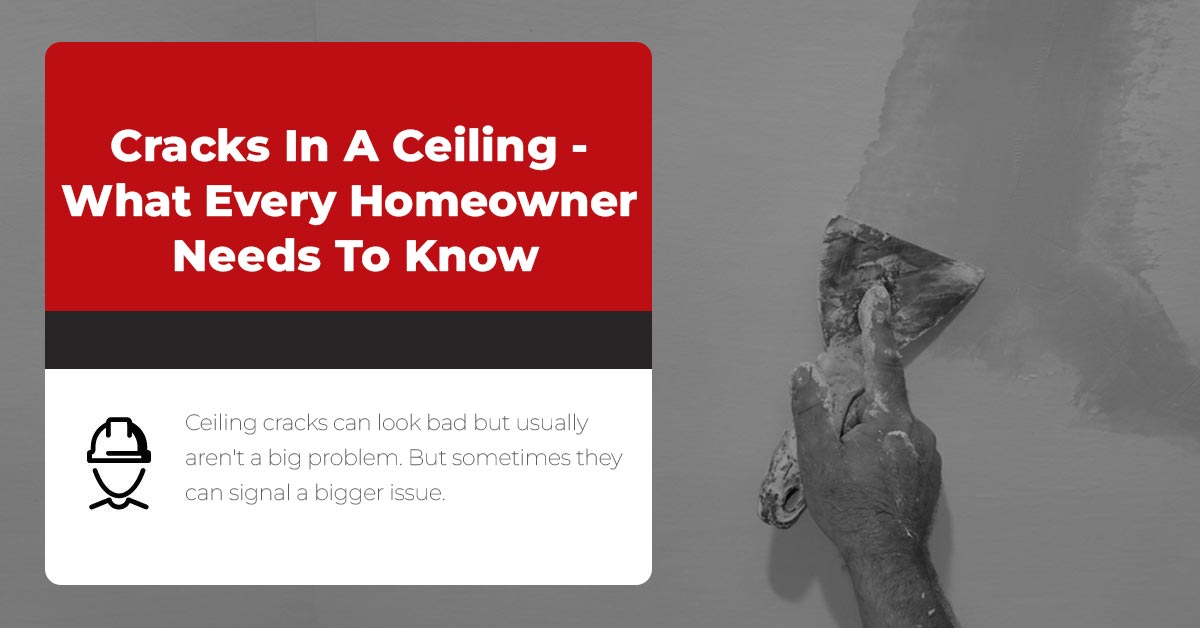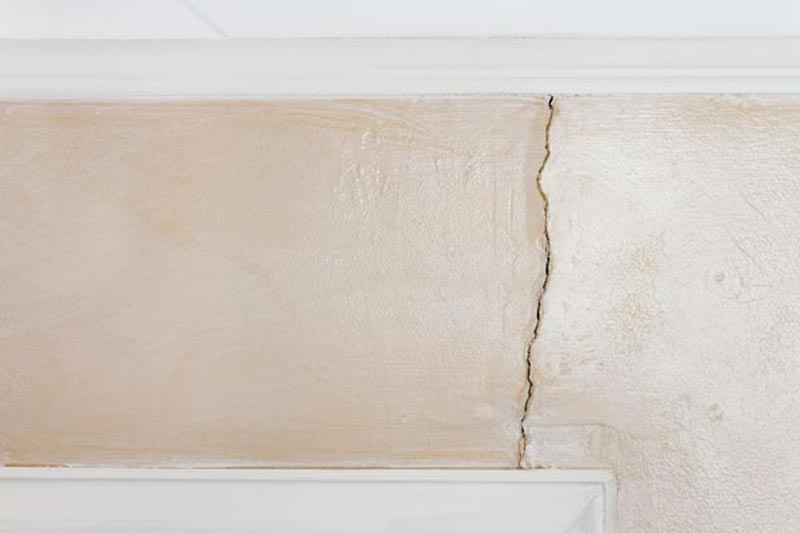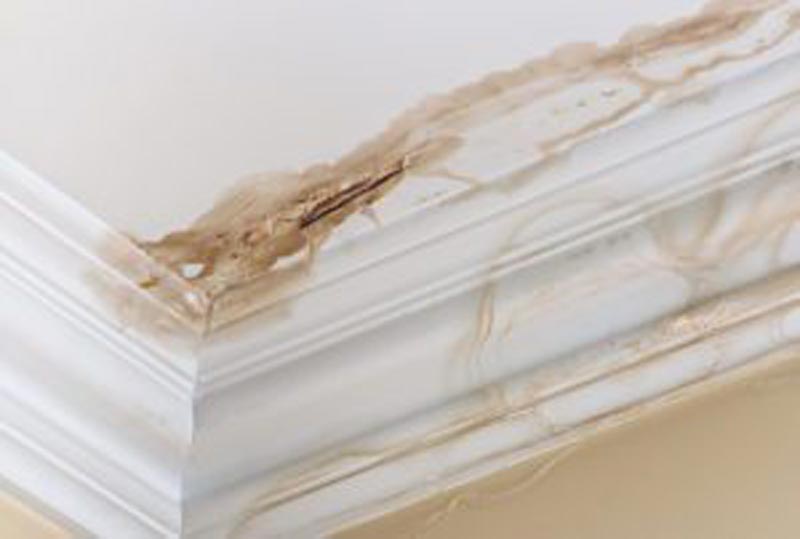Are you looking for information about cracks in a ceiling? If so, don’t hit that back button because you’ve landed on the right page.
Cracks in a ceiling are unsightly but usually not cause for alarm. However, there are times when cracks in your ceiling can be indicative of a bigger problem. In this article, we’ll discuss what causes ceiling cracks, how to repair them, and when they may pose a danger to your home. By the time you finish reading this article, you’ll know everything you need to know about cracks in a ceiling.
What Are Cracks In A Ceiling, And Why Do They Happen?
Ceiling cracks are small lines that form on the surface of the ceiling. These can be caused by various things, including foundation settlement that has led to structural damage. They might also have been caused by fluctuations in temperature and humidity or water damage. Is there a bathroom or kitchen above the crack?
When Can You Repair Ceiling Cracks Yourself (And When Is It Time To Call In A Professional)?
While some cracks in a ceiling are good candidates for a DIY project, more serious cracks (particularly if they’re deep and wide) should warrant a call to a foundation repair professional. After all, it’s essential to make sure any potential structural issues are handled by the experts. Foundation problems get worse over time, and if you wait, you’ll pay more for the repair.
If you’ve determined that the crack is just unsightly and not indicative of a structural issue, it’s probably safe to go ahead and tackle the crack yourself. Start by vacuuming up any dust or debris around the crack before patching it up with spackle or drywall compound.
If you’re not sure if the crack is structural or just ugly, contact a foundation repair contractor and ask for an evaluation. Most will do an inspection for free.
For more information, see How Serious Is A Foundation Crack?
Ceiling Cracks That Could Pose A Danger
While most minor ceiling cracks are due to normal shrinkage and expansion of the materials used to build the house, multiple, large, or deep-seated cracks that appear suddenly or appear in different areas of the same or adjacent ceilings could be signs of a more serious issue and should be addressed by a foundation repair professional.You should also contact a foundation repair contractor right away if the ceiling crack is accompanied by sagging.
How To Prevent Ceiling Cracks From Happening In The First Place
Homeowners can take a variety of preventative measures to protect their homes from ceiling cracks, including the following:
Roof maintenance
Maintain and regularly inspect the roof and attic to check for signs of damage or wear. This should include inspecting the shingles for any missing pieces and looking for water leakage or any other issues that may have arisen. Additionally, having the roof professionally inspected every year is highly recommended in order to detect any underlying problems and address them before they cause significant damage.
Secure all rafters and joists
Ensuring that all rafters and joists on which the ceiling is mounted are adequately braced and supported will help reduce strain on the structure. If necessary, these should be reinforced with additional braces or supports in order to provide extra support against external environmental factors such as heavy rain or winds.
Weatherproofing
If your area experiences extreme weather conditions such as thunderstorms, high winds, or hailstorms, you should take additional precautions to prepare your home for potential damage. This might include reinforcing windows and doors, installing storm shutters, etc. Taking proactive steps like these will help protect your home from damage and may prevent ceiling cracks from forming.
If You See Cracks In A Ceiling, Take Action
No homeowner wants to see cracks in a ceiling. However, if you do see one, remember that most ceiling cracks aren’t structural, just ugly. If a ceiling crack does turn out to be structural, it can be repaired by a foundation repair contractor.
The most important thing to remember is to take action as soon as possible when you notice any ceiling cracks forming. This will help ensure minimal damage, and the repair job won’t be too difficult, saving you money. If you’re not sure about a ceiling crack, contact a professional foundation repair contractor in your area and ask for an evaluation.
Contact Us Today To Schedule An Evaluation
If your home has one or more worrisome ceiling cracks, contact us today to schedule an appointment. We serve Florida, Georgia, Alabama, Mississippi, Louisiana, Tennessee, Kentucky, North Carolina, South Carolina, the Virgin Islands, Ocoee, Casselberry, Kissimmee, Alachua, and the Florida Keys.




